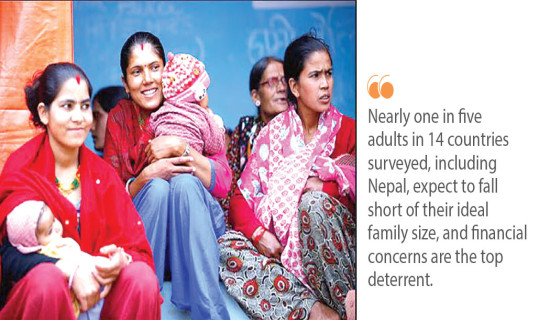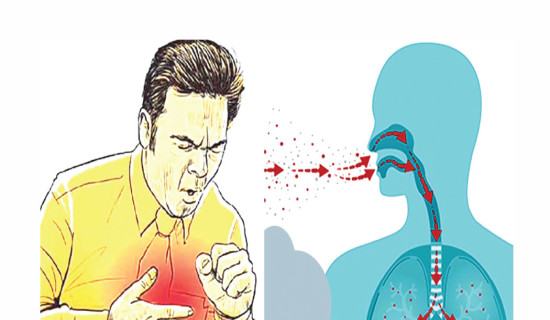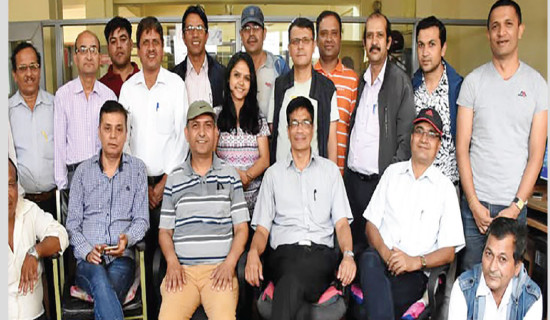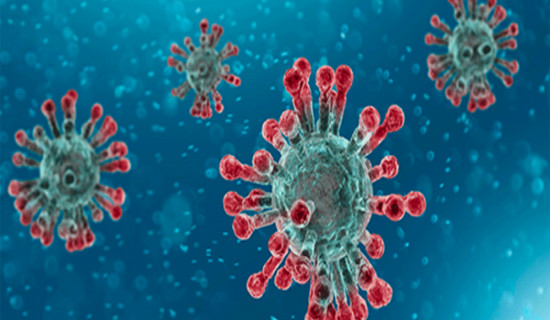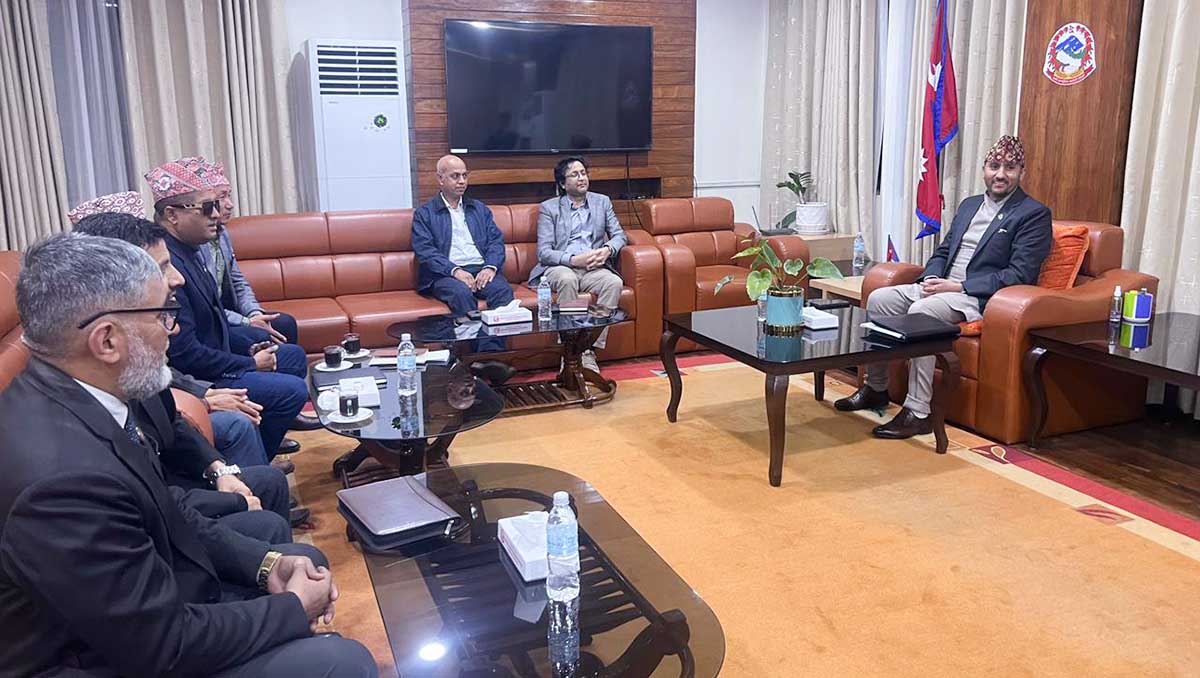- Wednesday, 17 December 2025
Parenthood Beyond Cultural Duty
In Nepali society, childbearing is considered a duty and not a choice, owing to intense cultural pressures that are significant to family tradition and precedent. At the same time, econ
Nepal Shows Resilience In Adversity
Nepal has witnessed notable social, political and economic events in the year 2081 B.S. (April 2024 - April 2025) that we are bidding adieu. The year was marked by both progress and adversit
Collective Action Key To Eradicate TB
Combatting tuberculosis (TB) in Nepal continues to be a herculean task, even with attempts to lower the rate of TB infection as well as treatment accessibility. The government has imple
HPV Vaccination Saves Girls
Cervical cancer is a silent epidemic that takes away the lives of four women daily in Nepal. It is the second most common form of cancer and a major cause of cancer-related deaths among women. The main cause
For Gender-inclusive Newsrooms
Working as a journalist in The Rising Nepal (TRN), published by Gorkhapatra Corporation (GC), a government-owned entity, has been an overwhelming experience. On April 1, 2015, my journey began as a report
Nepal’s Struggle For Stability
The promulgation of a new constitution in 2015 transformed Nepal into a federal democratic republic, aiming to address long-standing social, political, and economic problems. Federalism was introduced to decentr
A Village Boy's Odessey To Human Resource Expert
Mohan Raj Ojha describes himself as a true ‘people’s person’, with a skill to connect with others, recognise their potential, and inspire them to achieve more. Over time, he has established himself as a trusted
Female Journalists Want A Greater Space
Nepal's mass media history dates back to 1851 with the founding of 'Gorkhapatra,' a state-owned publication. The paper became a daily in 1961, marking a key milestone in the media evolution. H
Significant Progress Made In Healthcare
Nepal, based on Article 35 of the constitution, has recognised the "Right to Health" as a fundamental right, ensuring citizens' access to basic healthcare services. Despite commendable progress in the past two decades, challenges persist in achieving universal coverage and meeting SDG targets by 2030. The h
Media's Contribution In Health Sector Transformation
The media plays a crucial role in public health by serving as a powerful conduit for information dissemination and shaping public perceptions. Through newspapers, radios, TVs, and online and digital platforms, people receive
Move to construct basic hospitals at local levels in limbo
While there is extensive discourse about the revolution of health care system in Nepal, many people are still left untreated due to the lack of affordable and accessible basic health facilities.
Vulnerable group to get COVID booster dose
Vaccines against COVID-19 have significantly helped in mitigating the threat of the coronavirus since their rollout began in January 2021 in Nepal. According to health experts, immunity after vaccination against COVID-19 decreases over time. So, it is essential to strengthen our immunity with a booster dose. “After the number of vaccinated people incre
Is COVID-19 pandemic over? Experts suggest caution
With much respite people are back to normalcy, moving into the next phase of the COVID-19 pandemic, where the threats of disease and death have considerably diminished. Preventive measures such
Obsessive Compulsive Disorder can be treated
Manisha Acharya, 33, a mother of seven-month-old, has a fear of harming her baby and is excessively concerned about germs. Because of this, she spends most of her time in cleaning and washing and asks those around her to do the same.
Fear of COVID-19 resurgence grips world again
As the cases of COVID-19 infection and deaths continue to increase in the neighbouring China and other countries, fear of the recurrence of pandemic has gripped the world again. According to various media reports, infection rate of the repeated COVID-19 cases is rising in China. Also the cases are high in Japan and South Korea, where thousands of Nepali migrant workers and students live and travel back and forth to Nepal.


